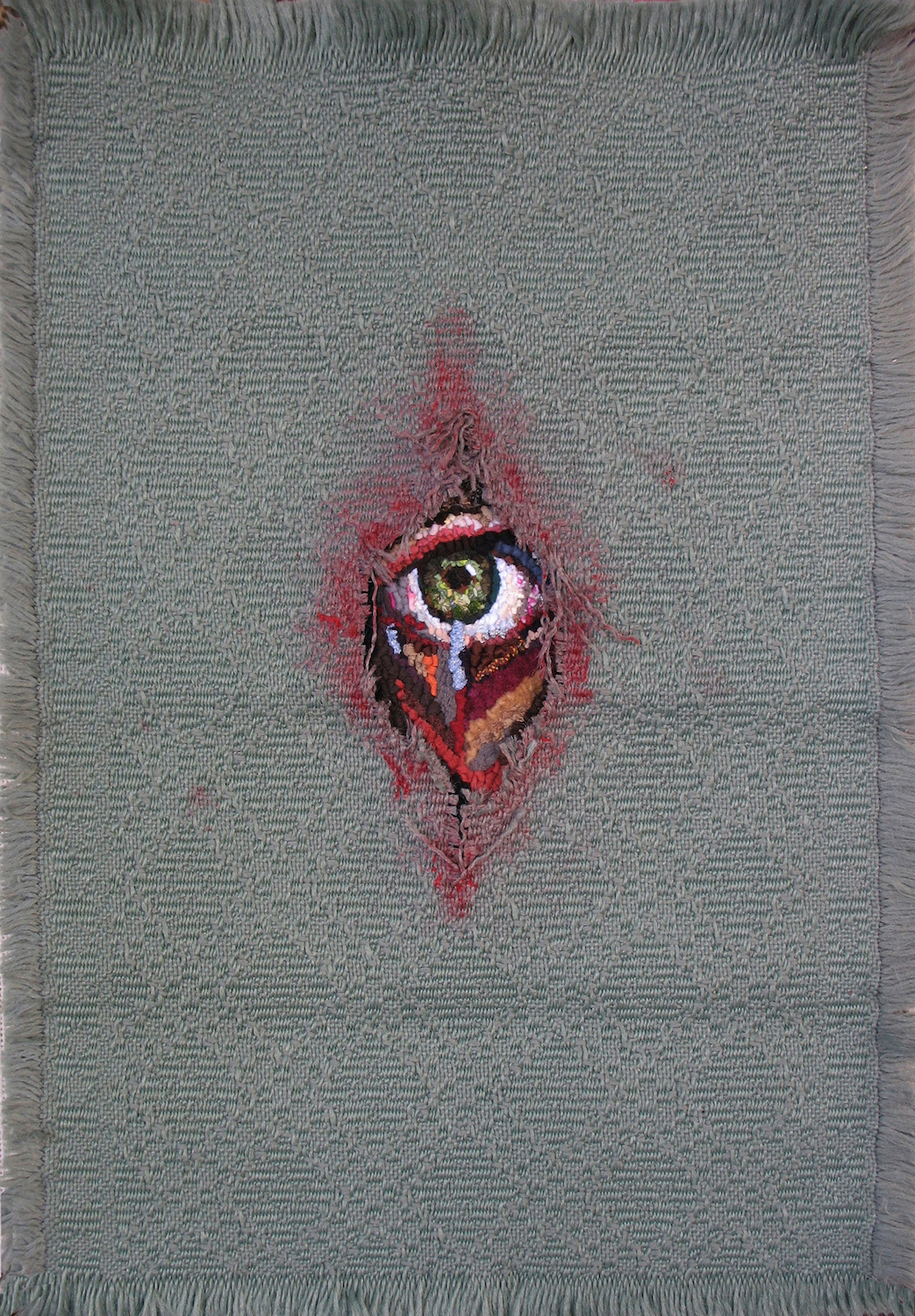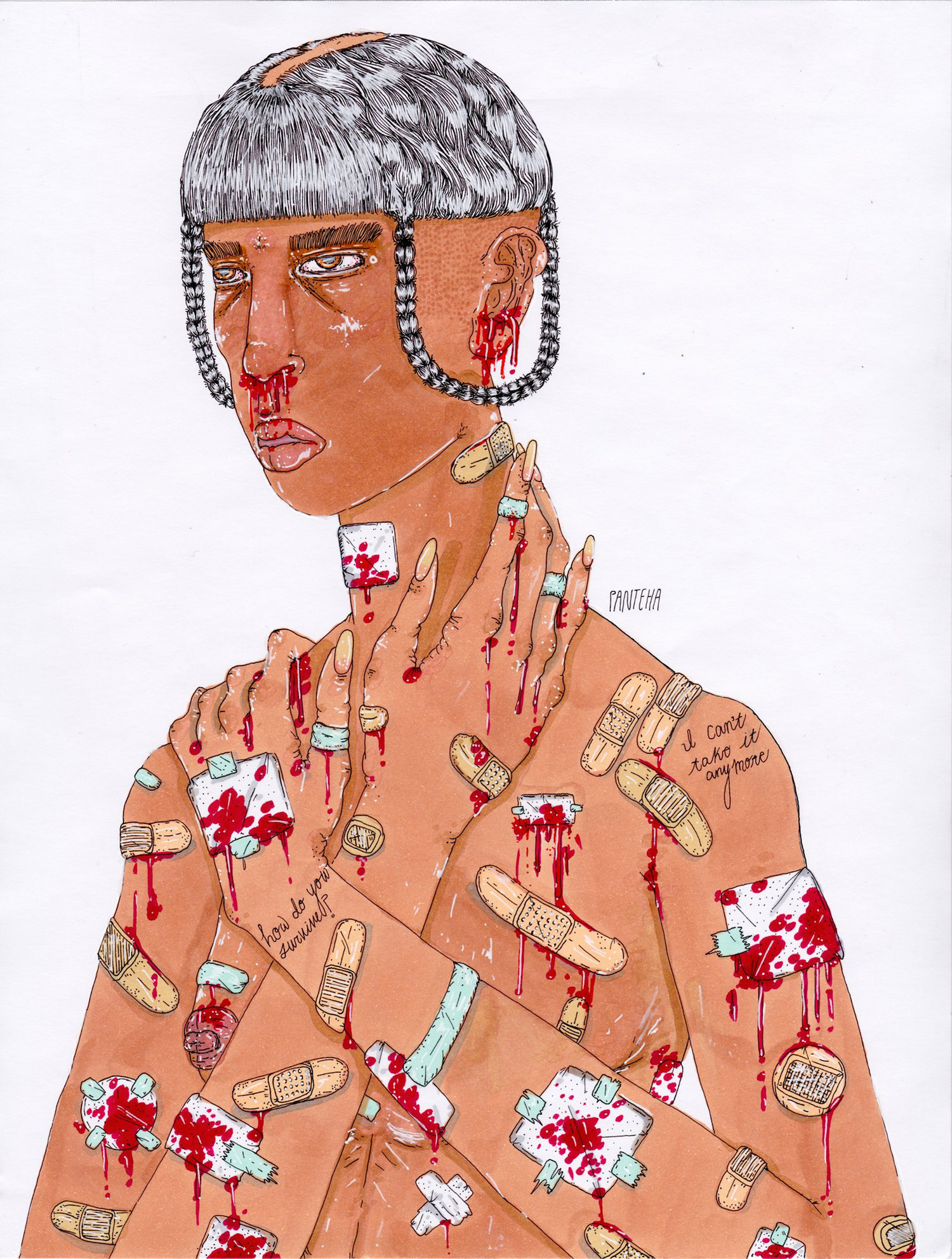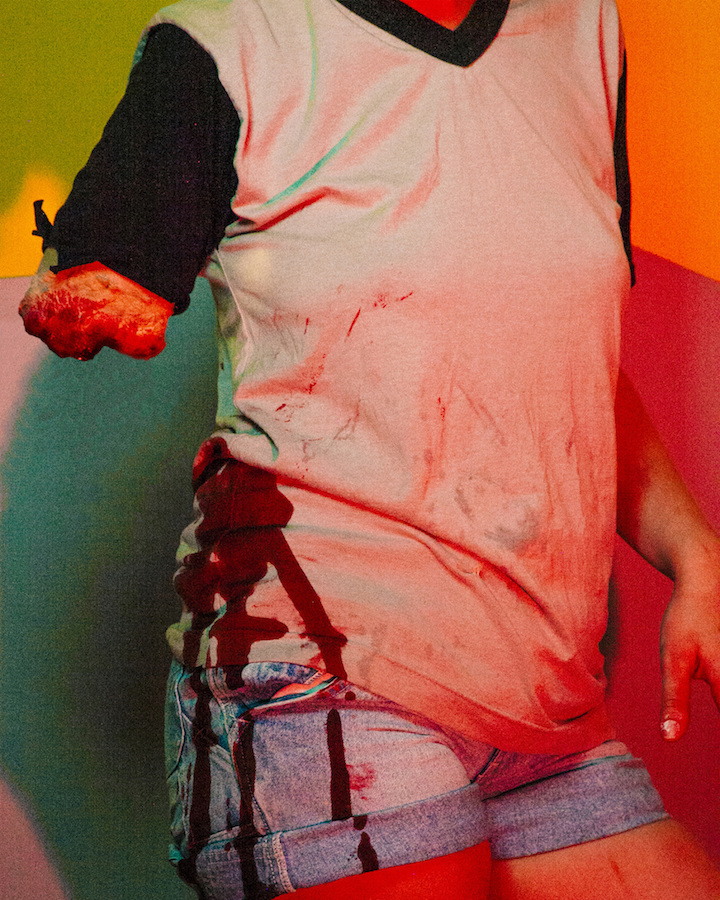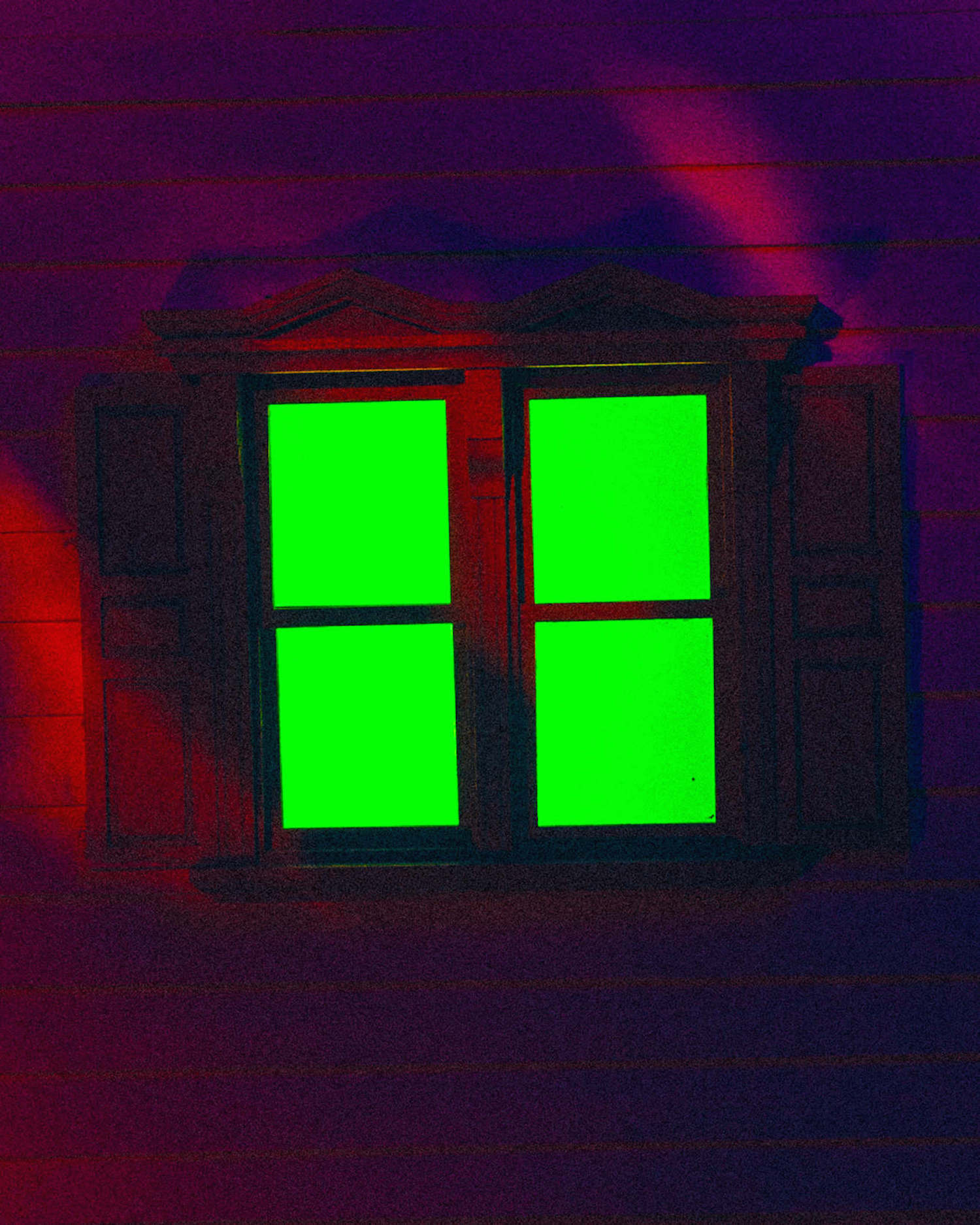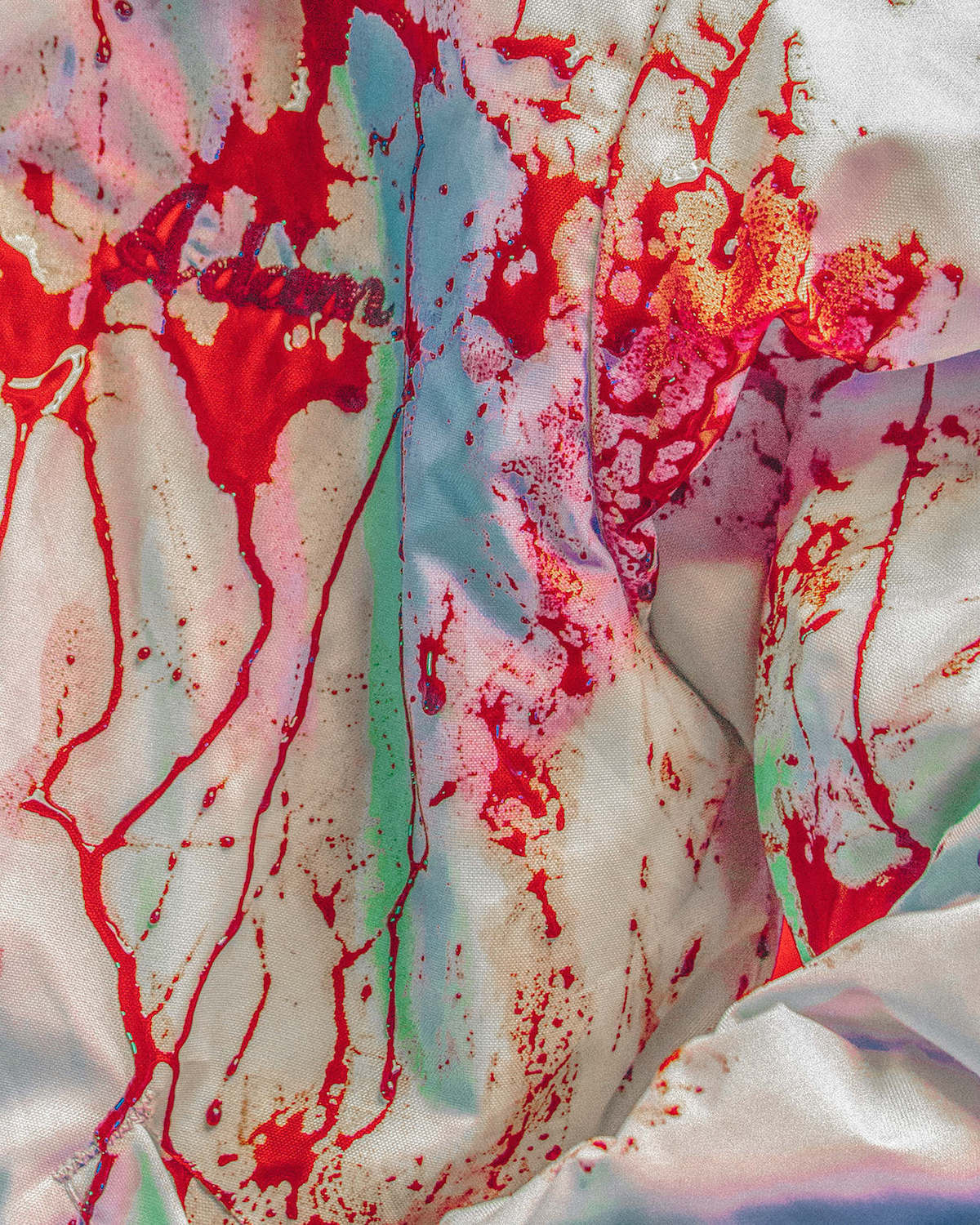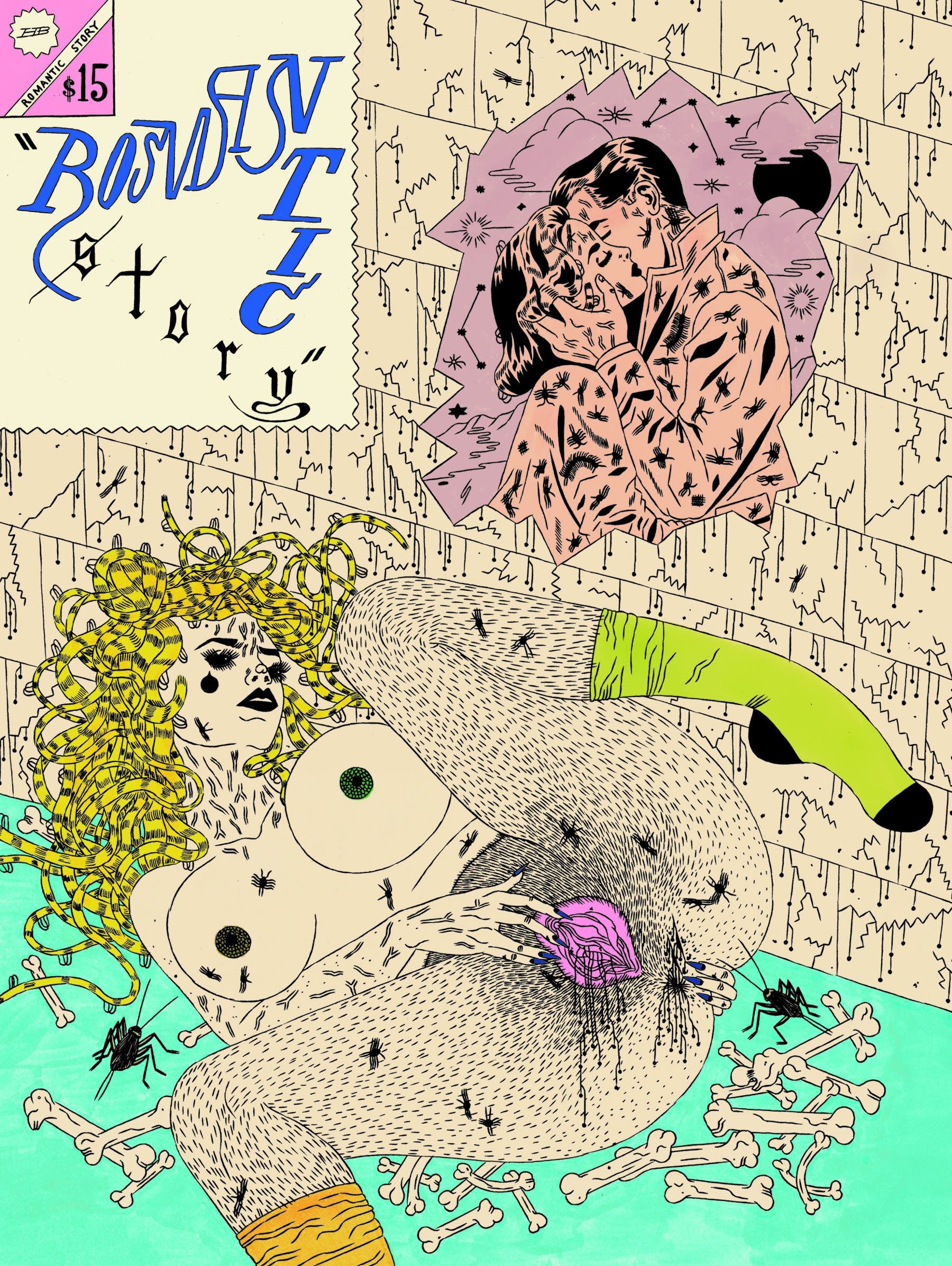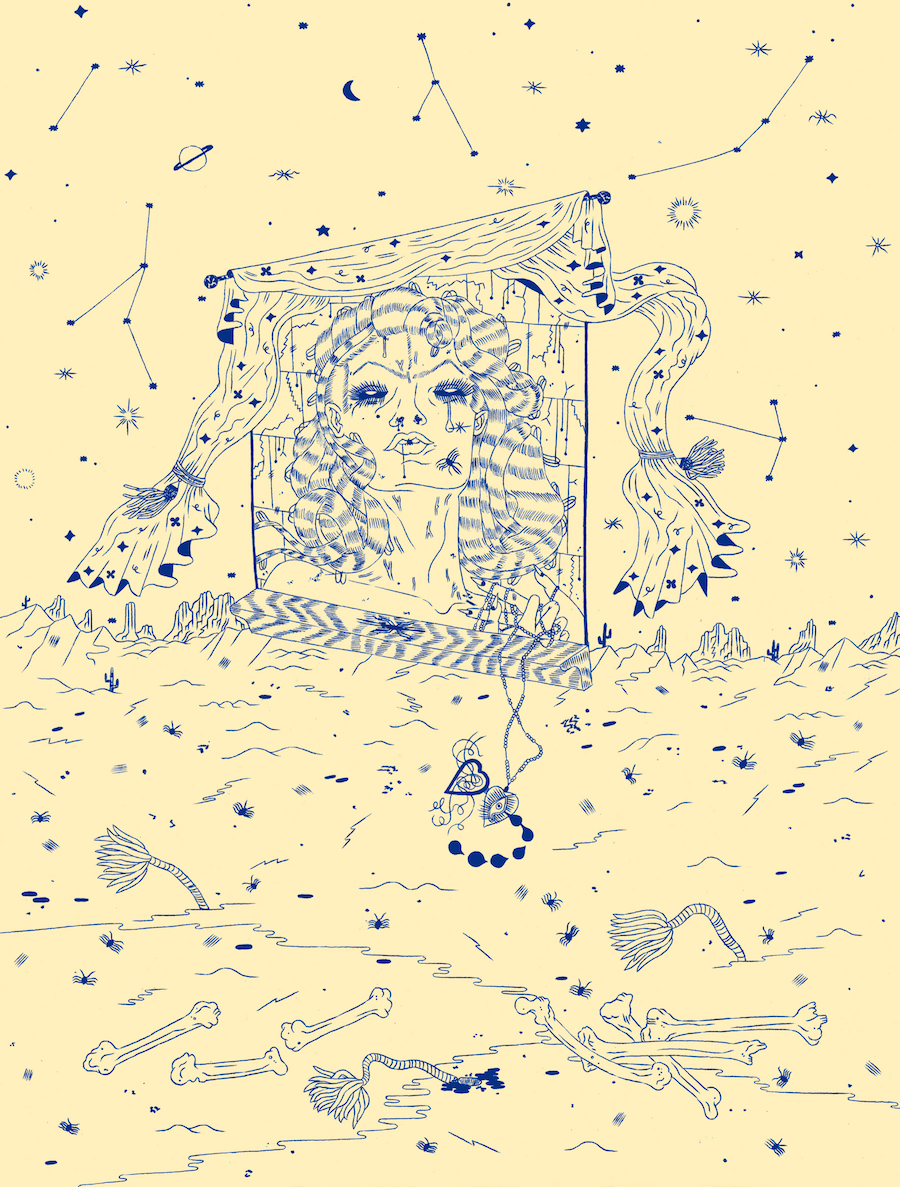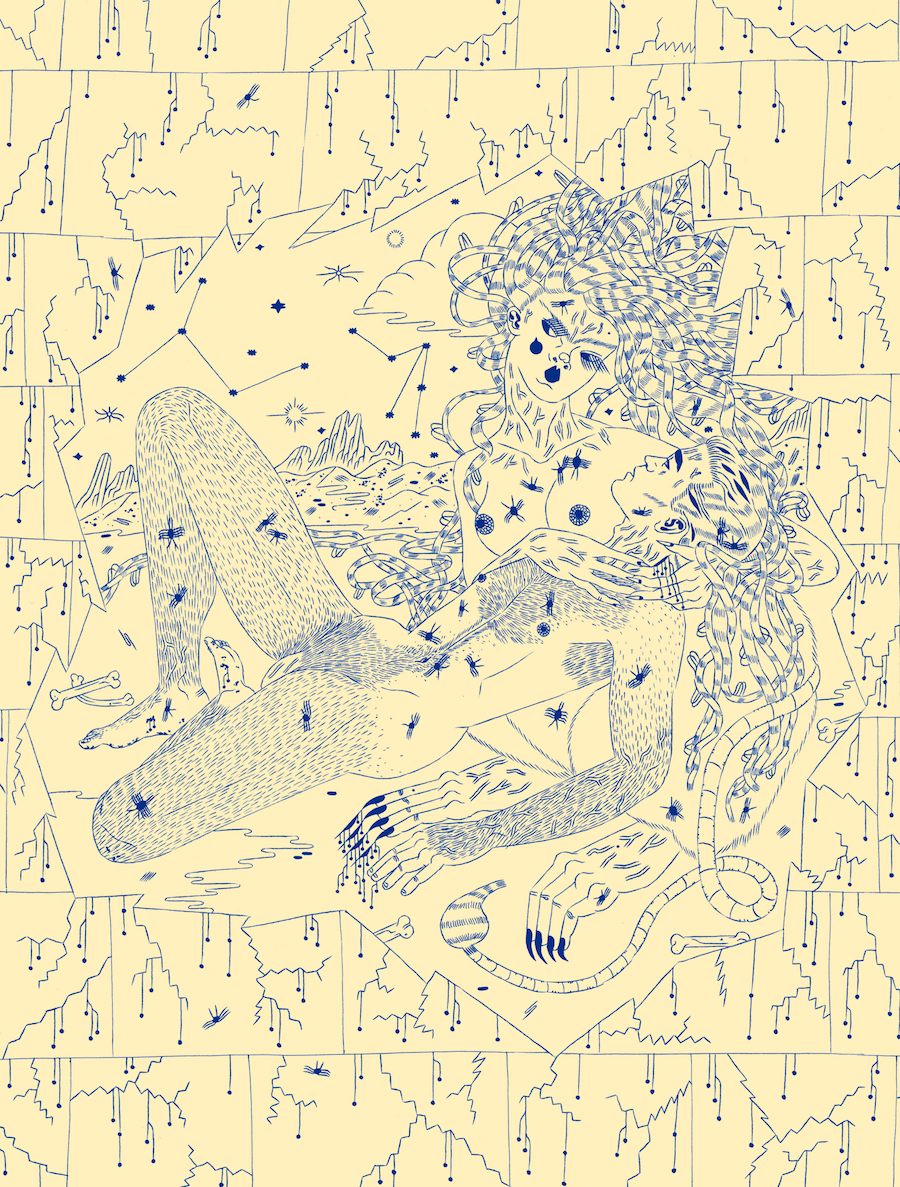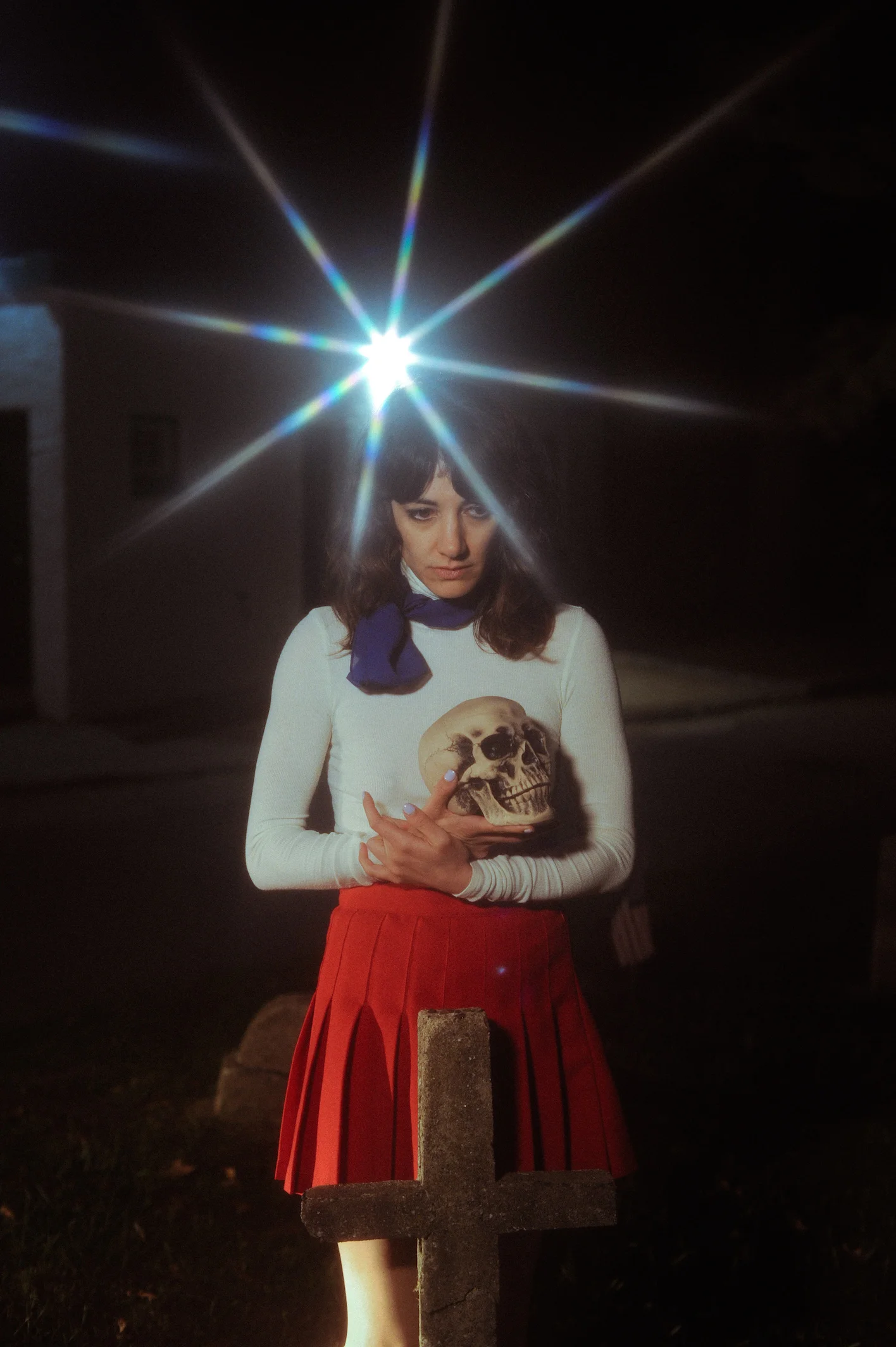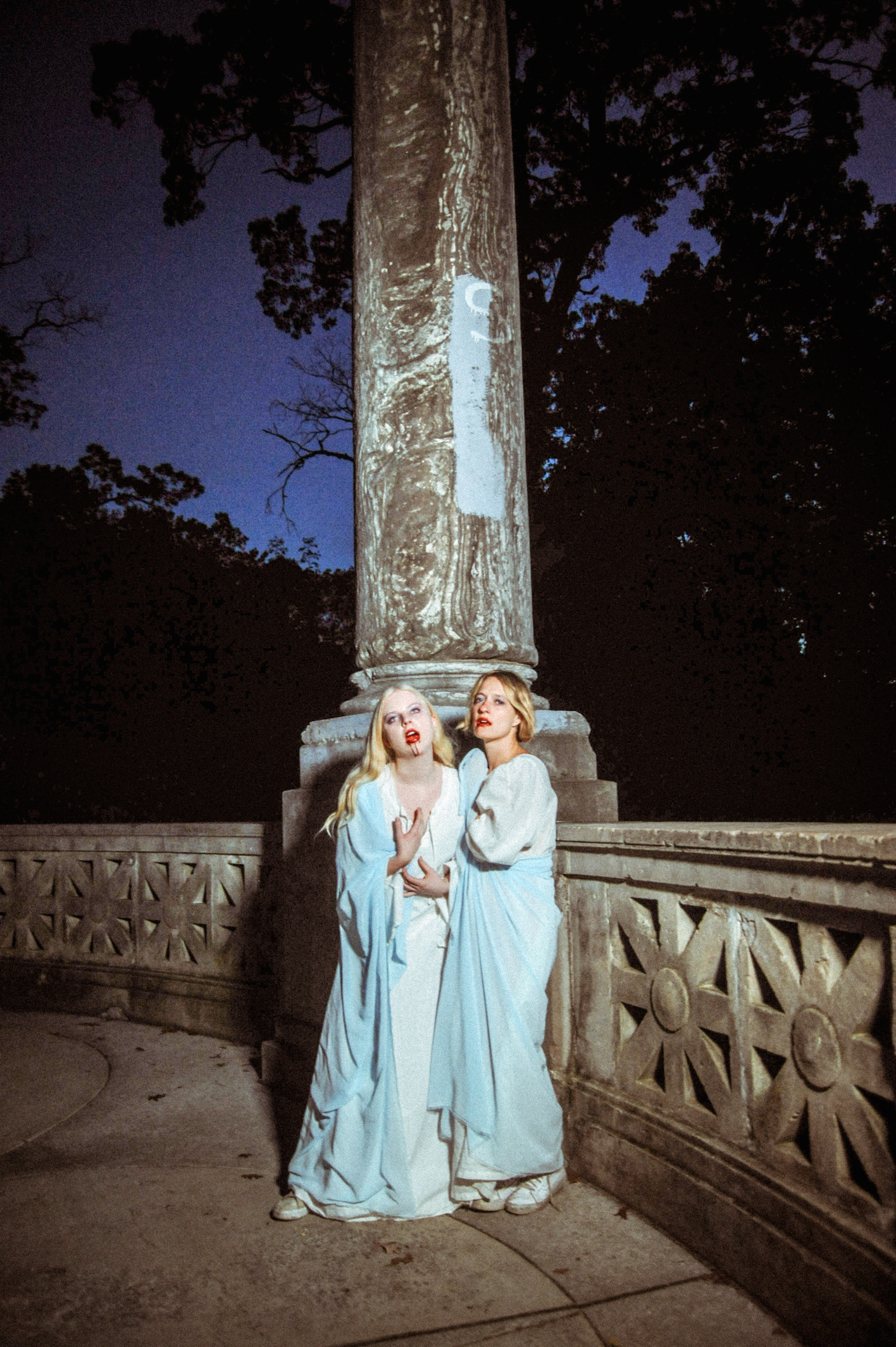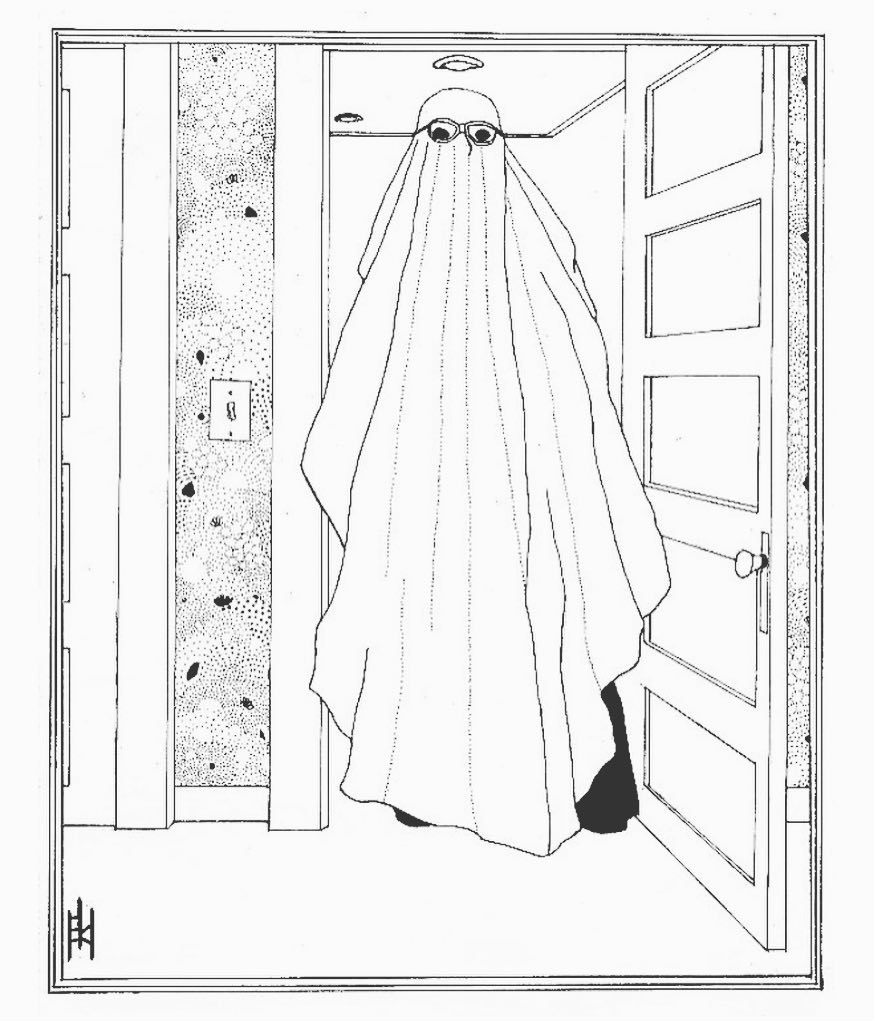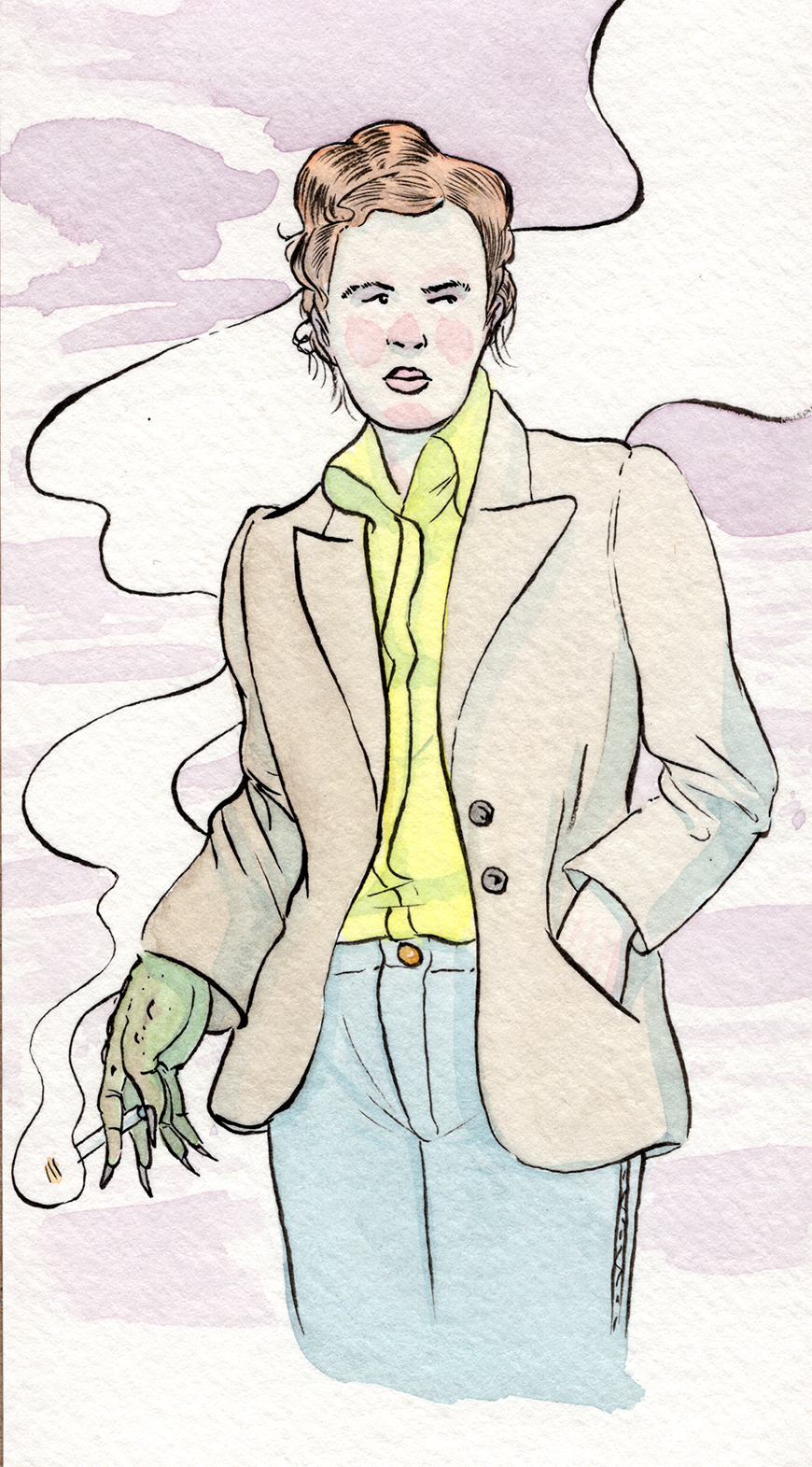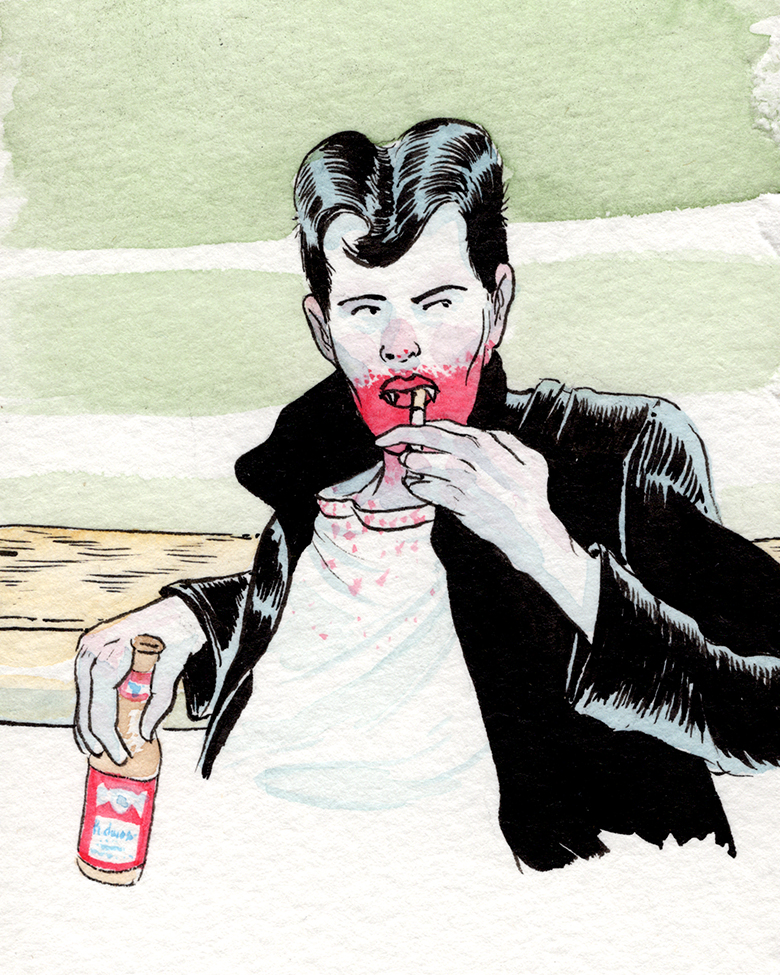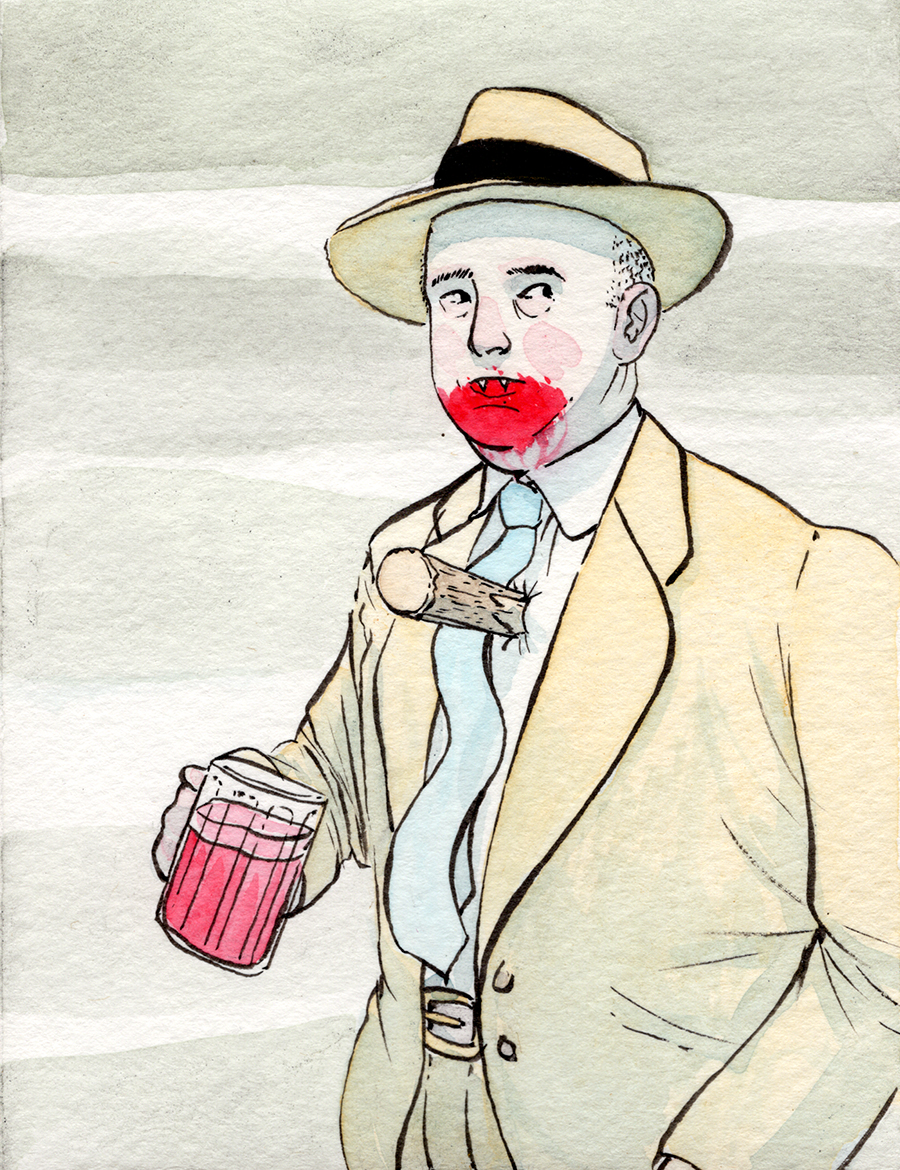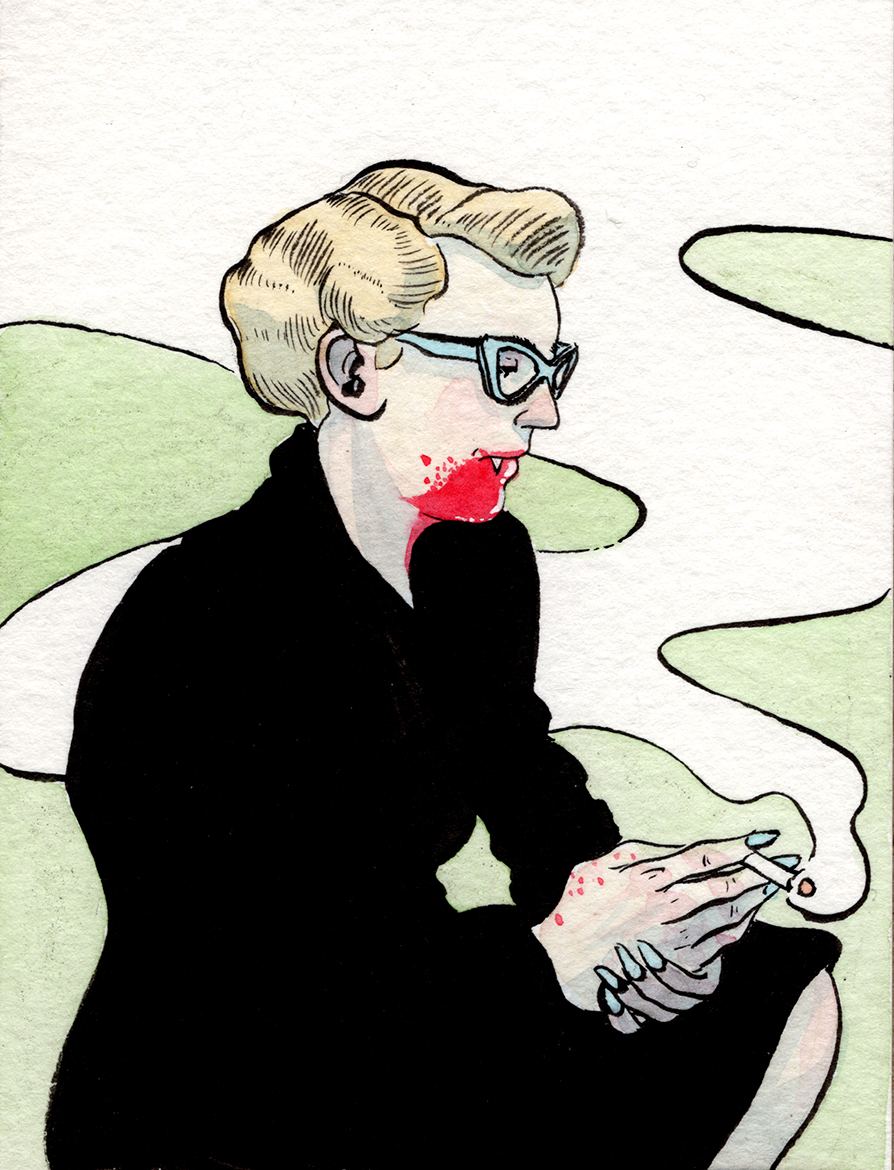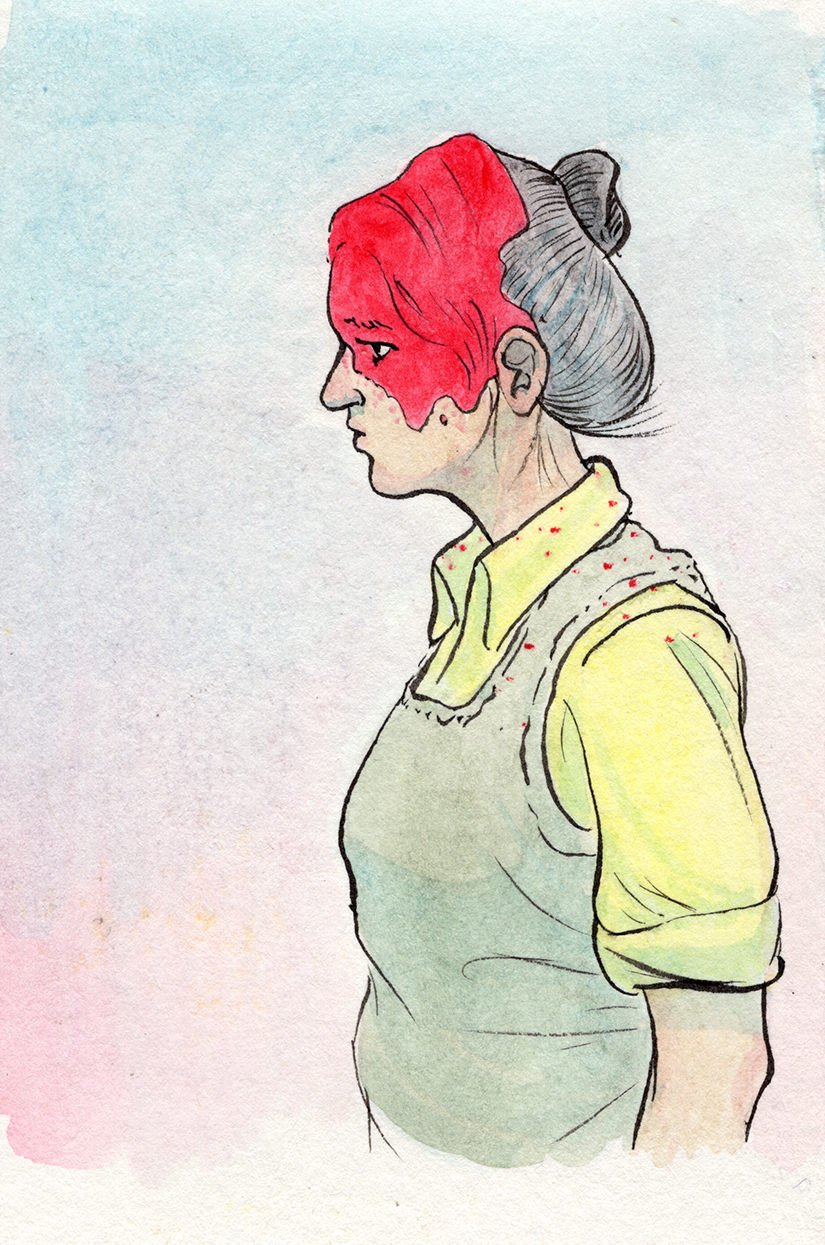Purchase work from the show here.
Features Artists:
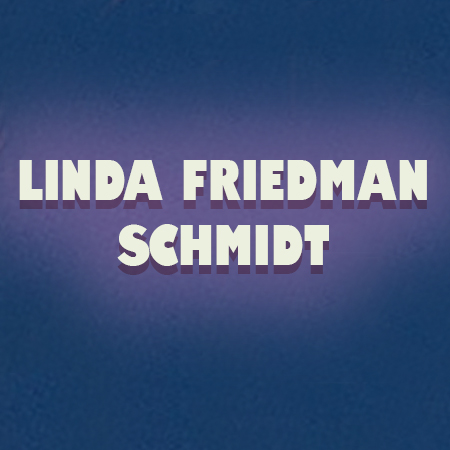

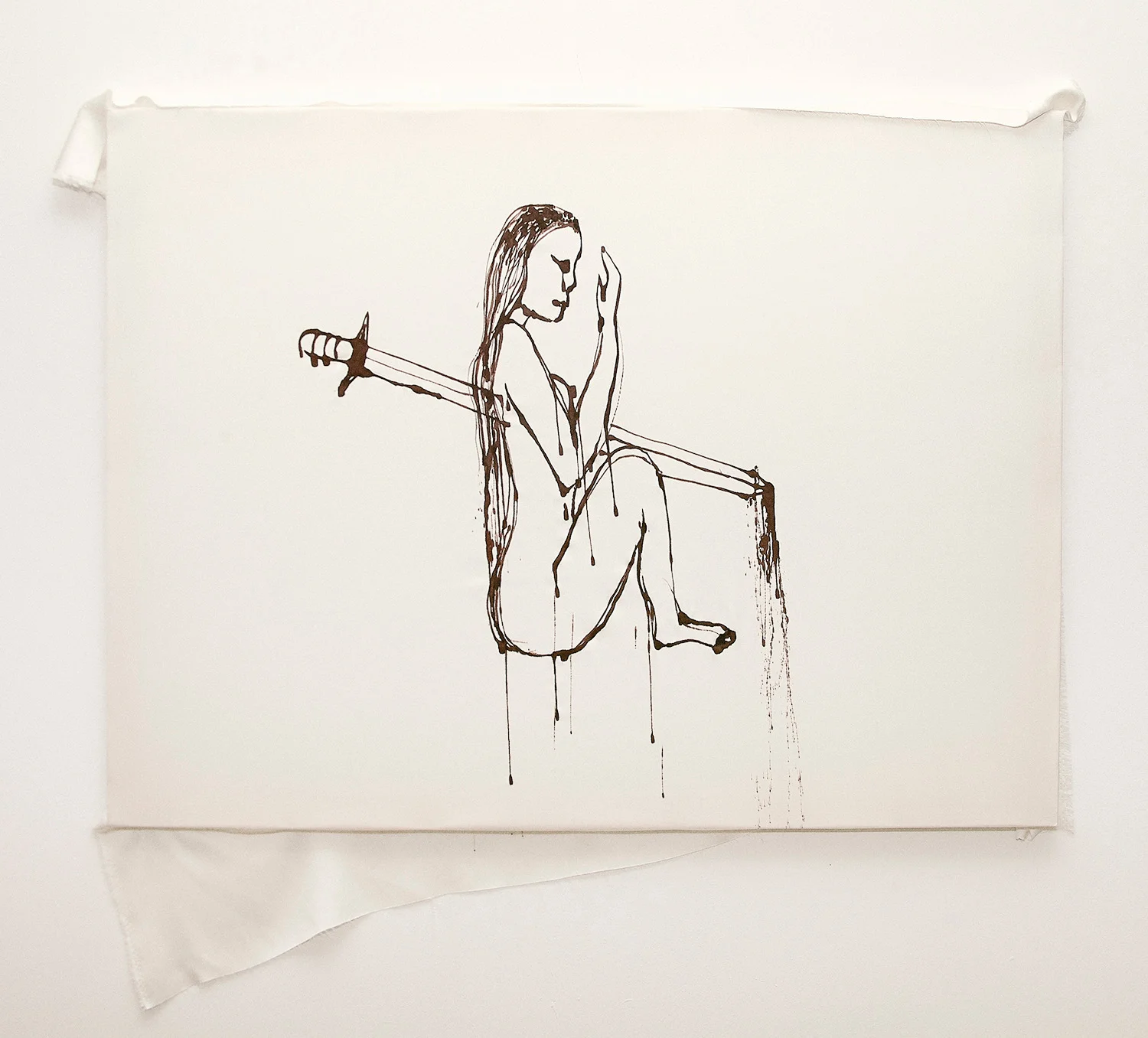
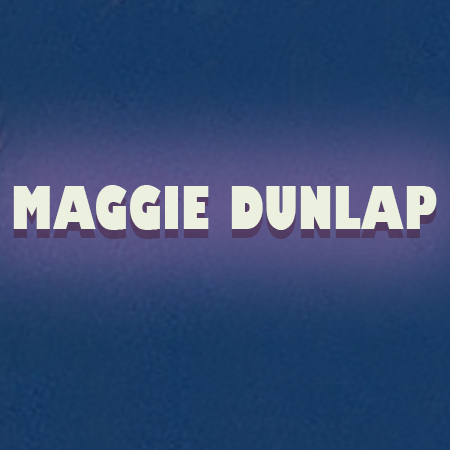
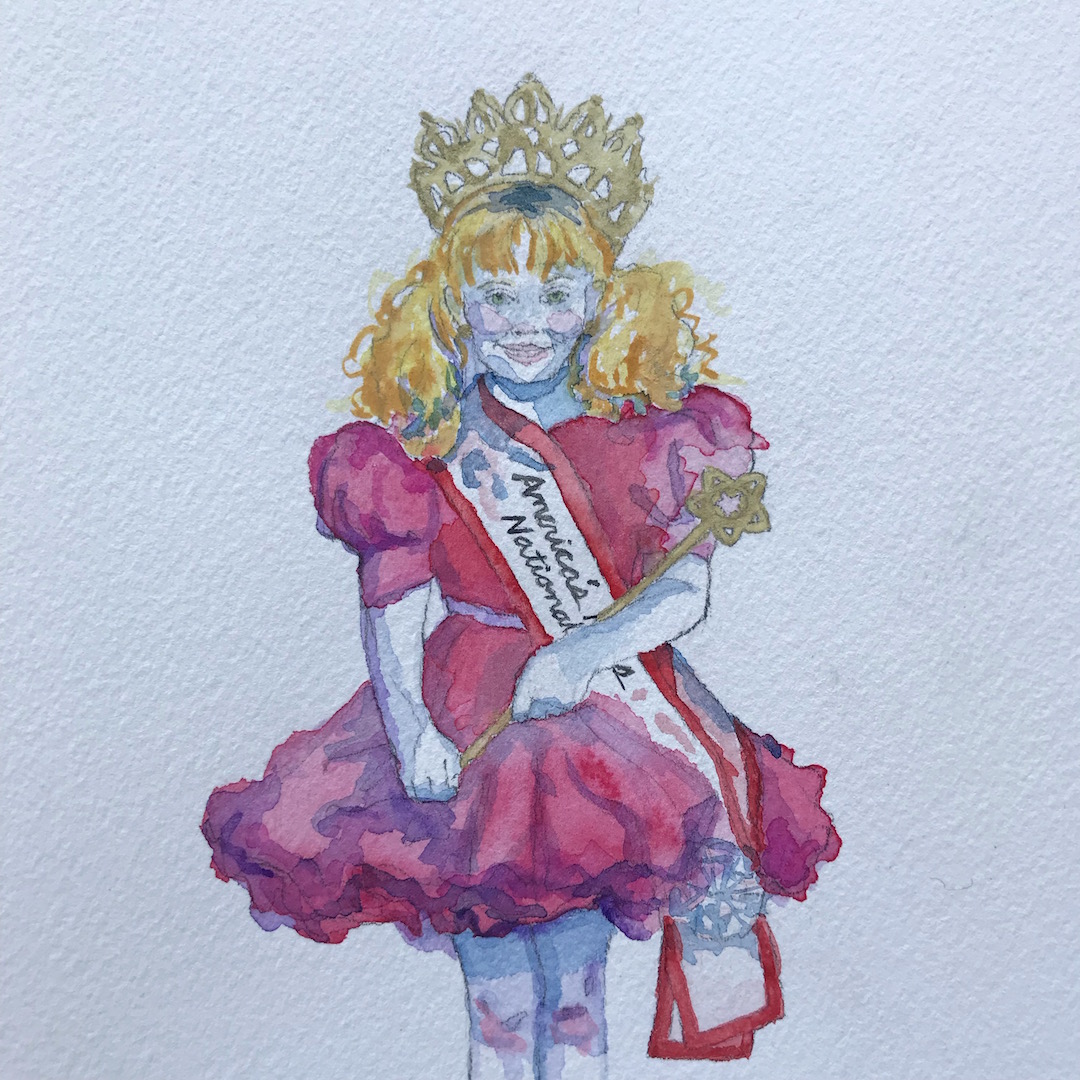
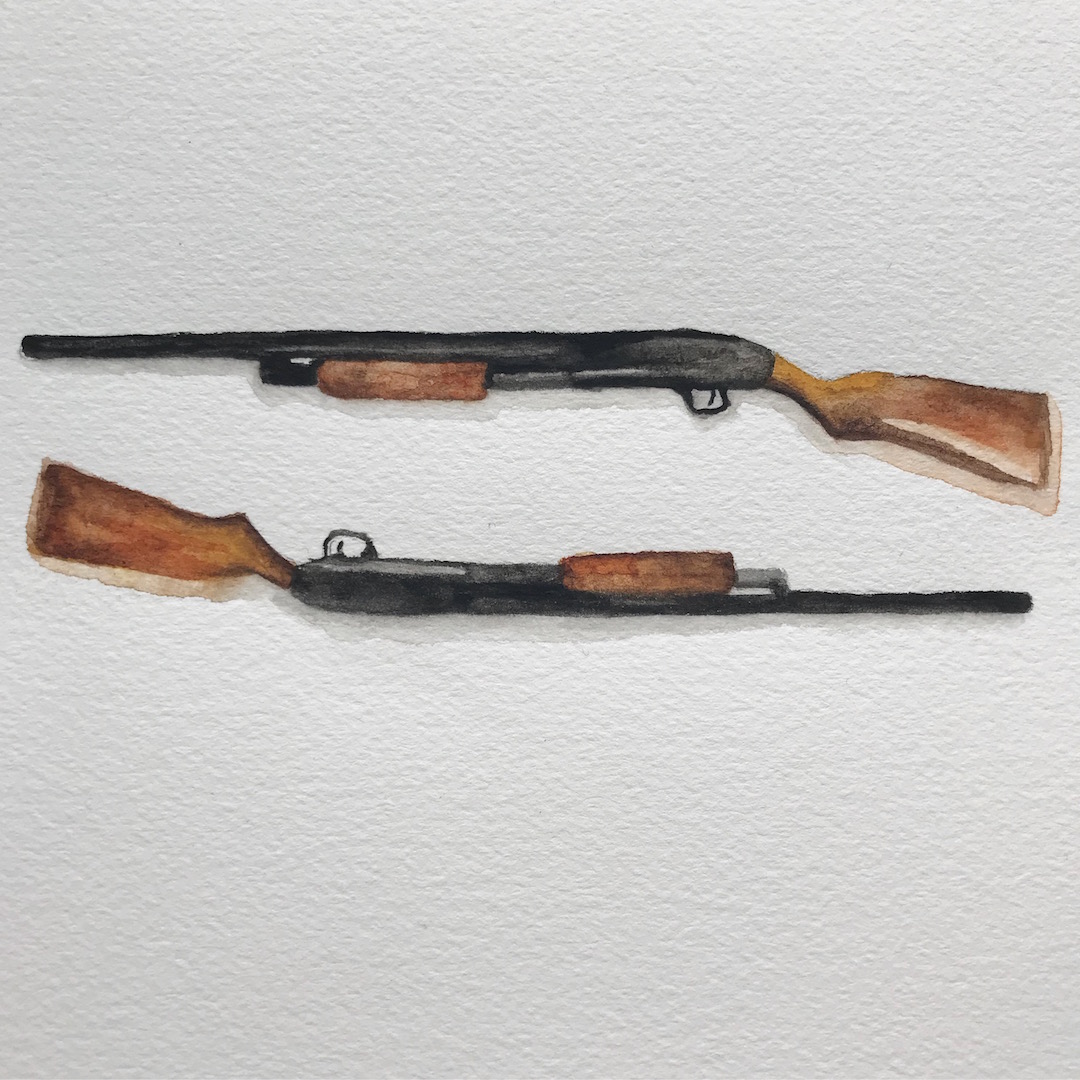
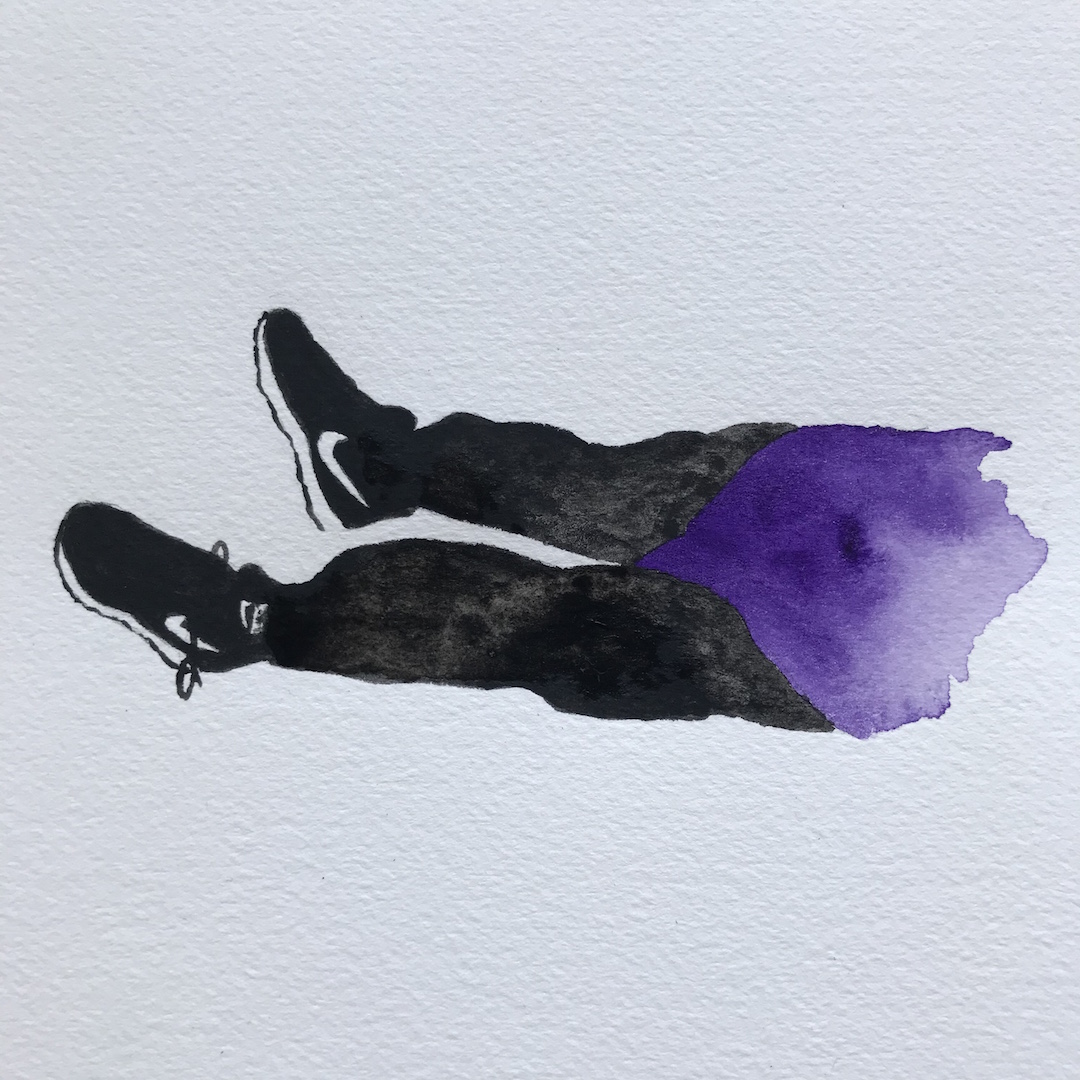
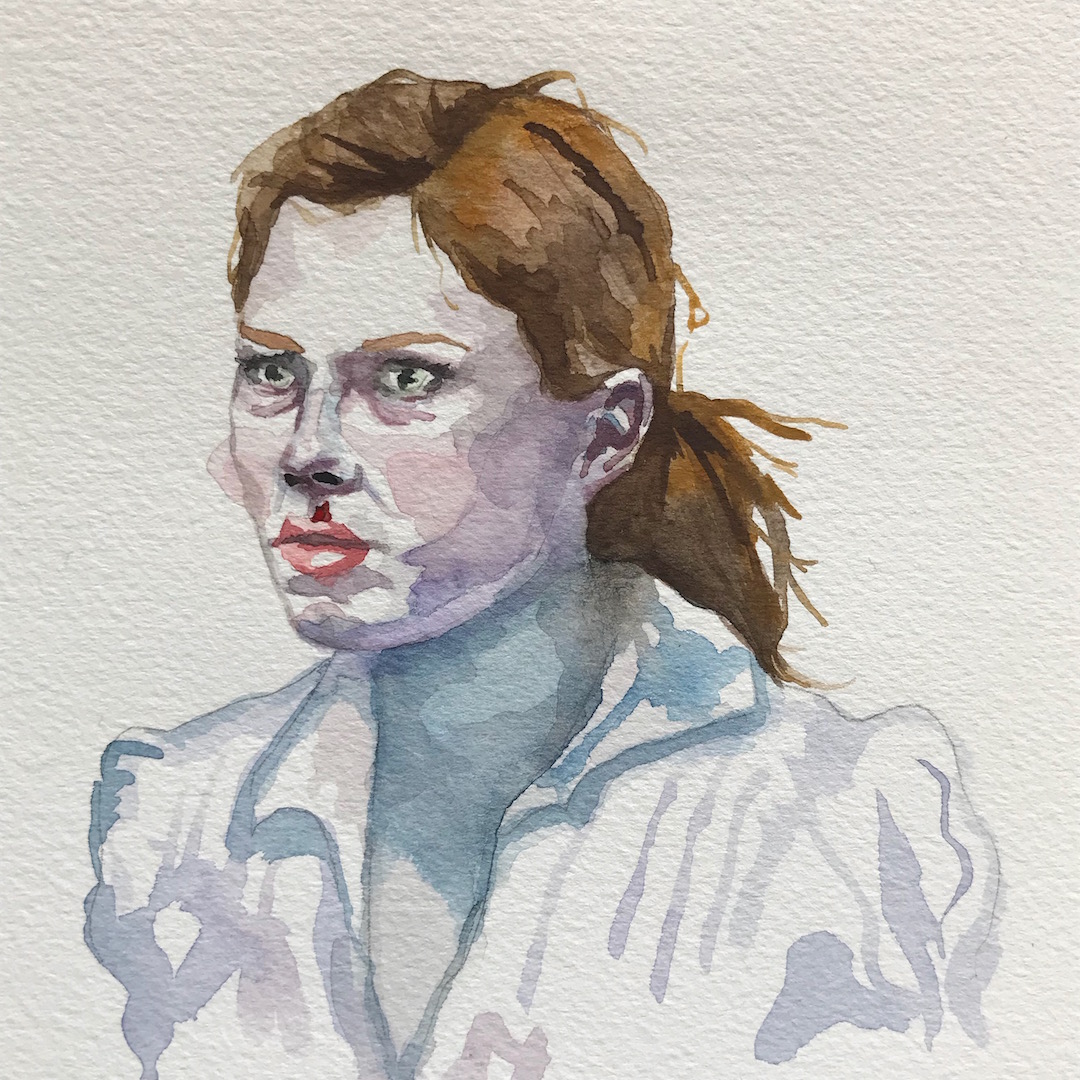


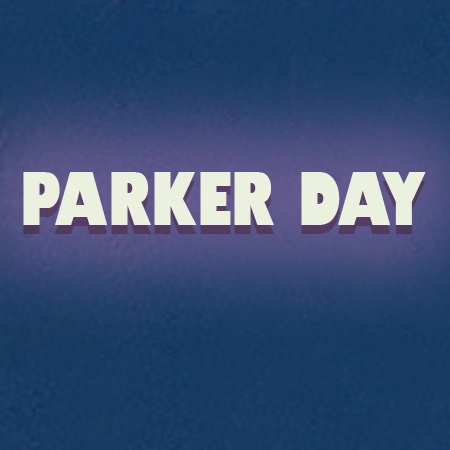
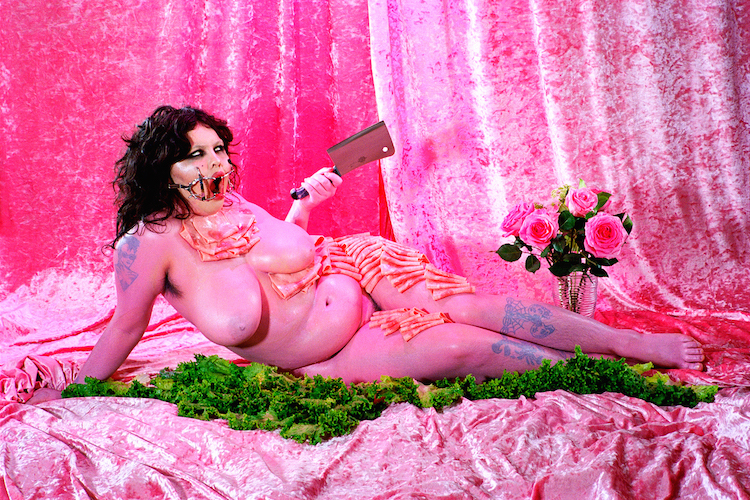
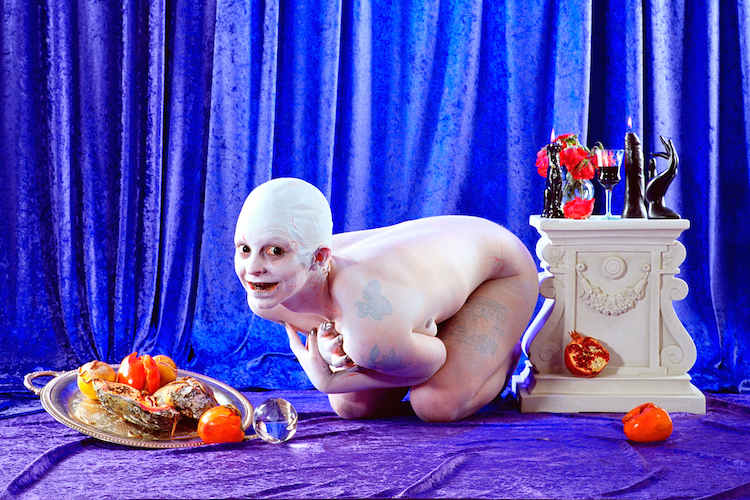

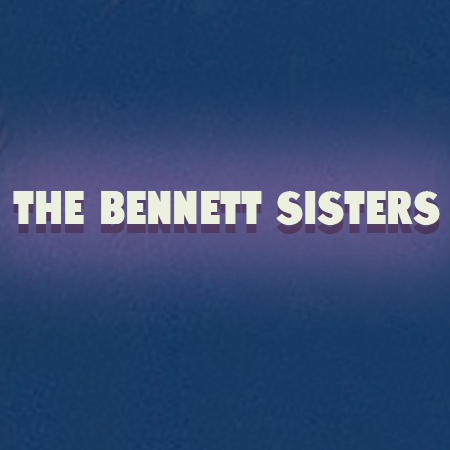


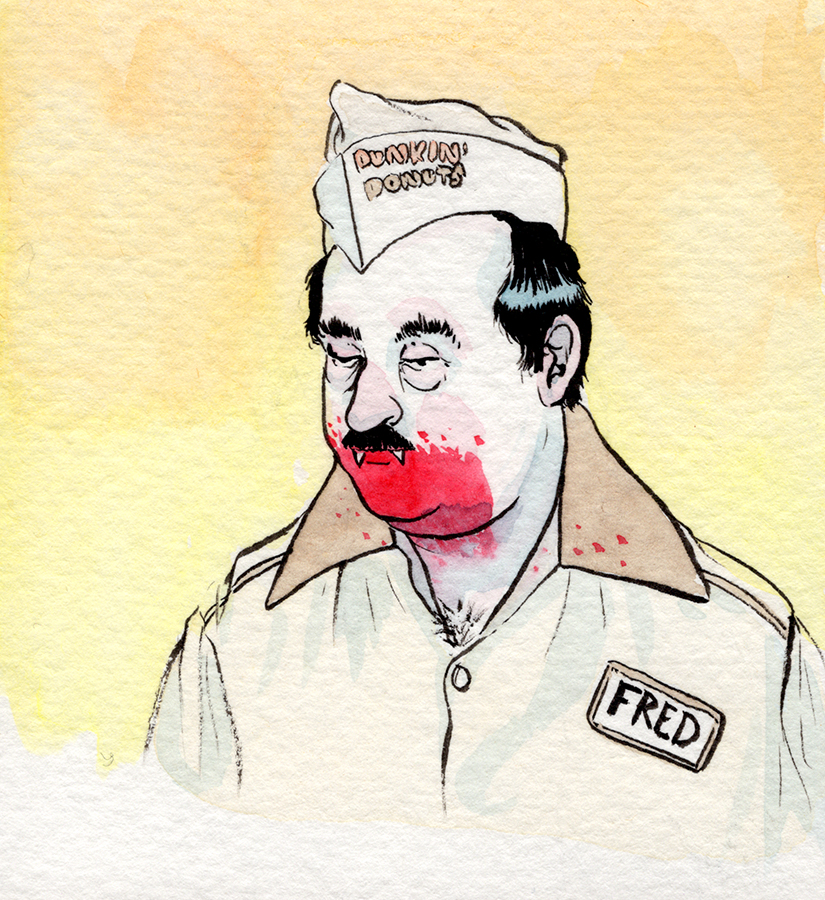
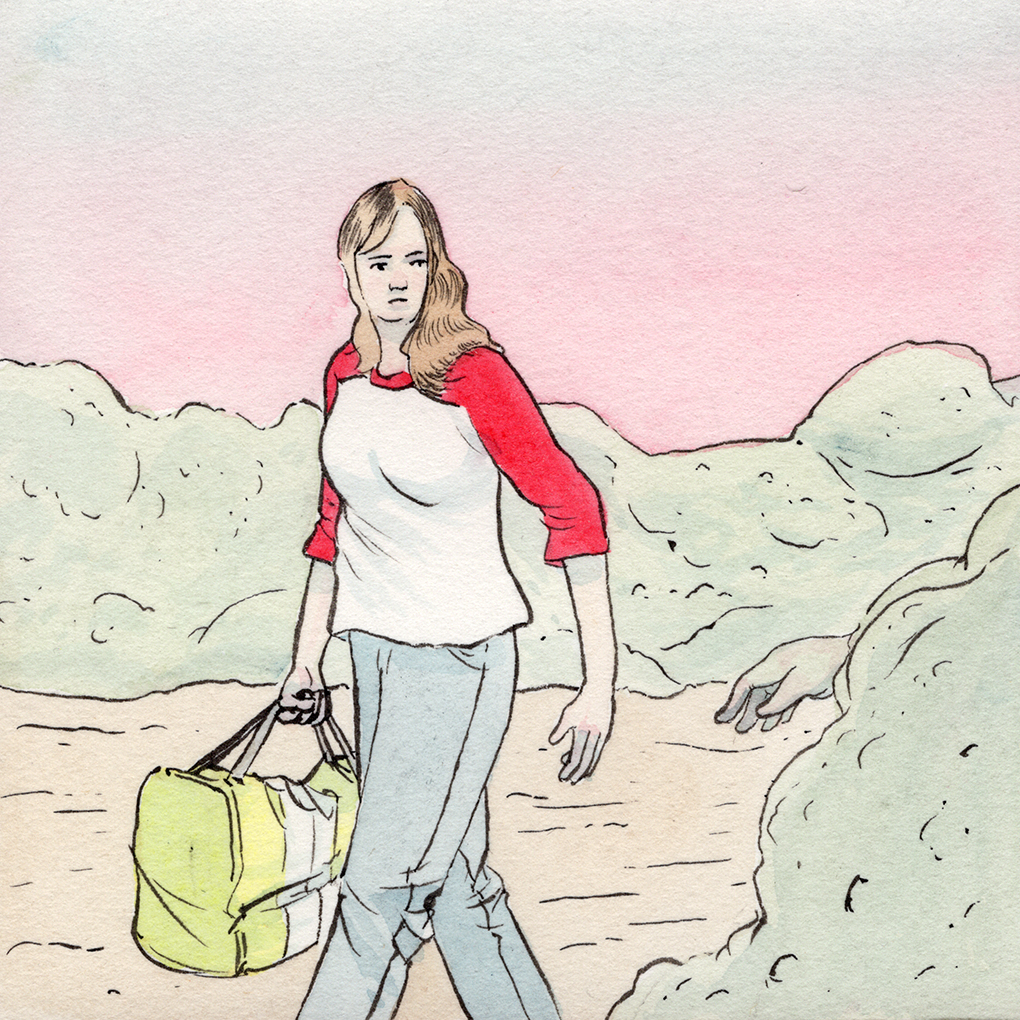



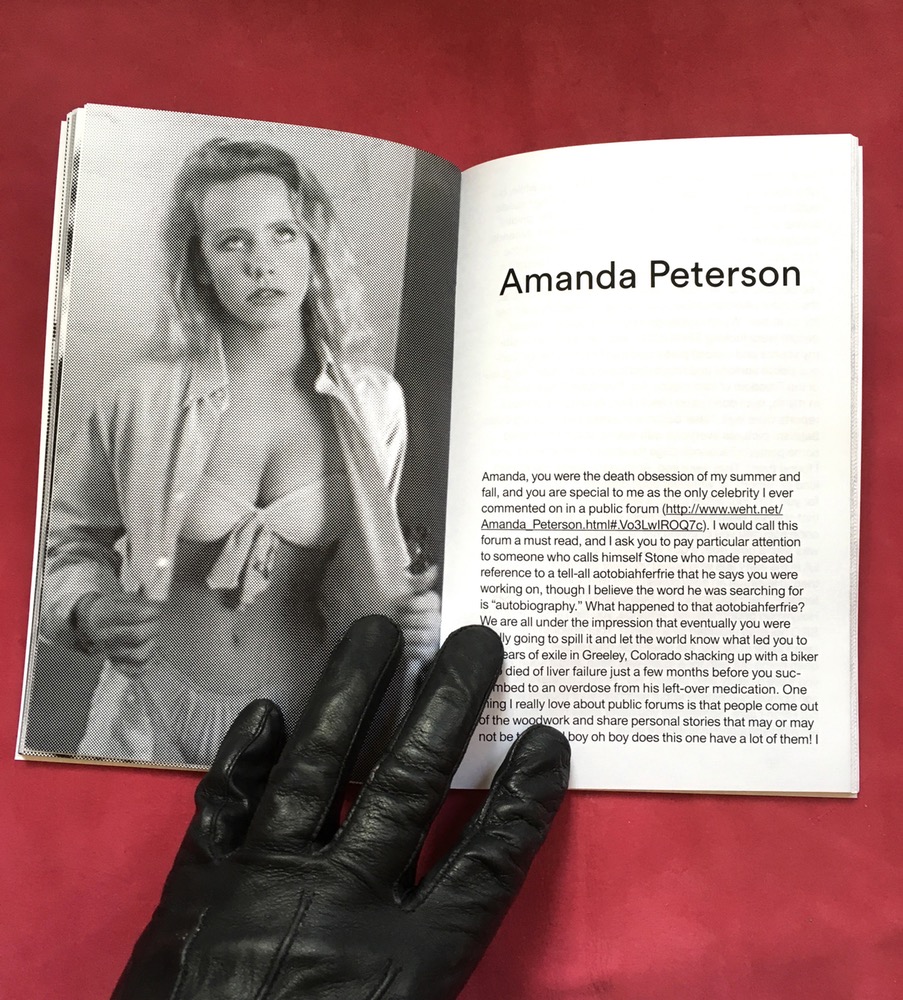
Artist Statement:
Death is the mother of beauty; hence from her /Alone, shall come fulfilment to our dreams /And our desires. - Wallace Stevens
There is no greater stranger than Death, and no human certainty as strong as our knowledge of its inevitability. It permeates our existence, bonding us in a shared often unspoken collective experience. The drug overdose that took your friend, an impartial cancer that ravages the body, a predator hiding in plain site, the fatal accident at once cruel and random. As we navigate the mad dash of fleeing from a fate that is chasing us in our daily lives we construct modes of catharsis in supernatural iconography, celebrity death obsession, mourning ritual, and paranormal fantasy to face the wonder and fear of our impending demise and the eternal unknown.
When Darkness Loves Us is a celebration of the tantalizing fantasies we conjure, the mementos we collect, and the morbid curiosities we harbour that allow us to find joy in the horrific and an ability to confront the shadowy complexities that inform our humanity. This group show aims to evoke the giddy nostalgia, exhilaration and delight that arises from the confusion of confronting the forbidden and disreputable that recalls the innocence of childhood. This dizzying exaltation in the midst of the macabre that heightens our senses and the awareness of our own fragility is a return to a childlike sense of wonder often dulled through time. Our morbid, horrific, or phantasmagorical representations through art and fiction is a milieu of a modern “memento mori”. It’s insistence on the reminder of death is in turn a reminder of the vitality of our lives.
The Mexican poet Octavio Paz writes on reveling in the darkness, “The shadow is not denied, but welcomed. Since we cannot or dare not confront our own selves, we resort to the fiesta. It fires us into the void; it is a drunken rapture that burns itself out, a pistol shot into the air, a sky rocket.” To exercise our engagement with the darker channels of our imaginations is to set ourselves free. In the words of participating artist Parker Day, “When we embrace the darkness it hugs us back.”
When Darkness Loves Us mines the many modes we construct in order to grapple with these mysteries of our fate. The anarchic humor and gore in the photography of Robert Hickerson evokes a teenage fueled cathartic lust for the absurd and extreme. While within a shared but varied landscape of horror iconography Patrick Horvath finds beauty in the grotesque with his illustrations of ghouls and bloodsuckers imbued with colorful morbidity and irreverent charisma with the trope of The Monster representing the repressed, embodying the spirit of the outsider who cultivates their power from the source of their otherness. In a subversion of the concept of ‘the monstrous feminine’” Heather Benjamin creates potently erotic, bestial feminine human hybrids that thrive in a hypnagogic realm beyond our Earthly dimension.
With immersive spaces we explore our impulses towards public versus private rituals of mourning and our cultural preoccupation with tragedy. Maggie Dunlap's installation tackles society’s Infatuation with the pop cultural crimes that checker the history of the American landscape, contemplating how these obsessions feed a fascination that allows us to empathetically participate at arms length in the tragedy of others while indulging in a fantasy of being in the proximity of extreme acts of violence. We examine through these public signposts of loss, our need to grieve collectively over the inexplicable while vicariously brushing up against a forbidden danger that both seduces and bewilders us. Juxtaposed in a contrasting space is a representation of a mode of private mourning and meditative reflection in the face of loss and trauma as encapsulated by the work of Linda Friedman Schmidt who transforms the echoes of colossal historical horrors into therapeutic personal narrative portraiture.
Both Panteha Abareshi and Julia Fox are confronting in their work the temperance and sacrifice of our mortal bodies, mining the mystical and organic in the beauty and pain of its decay and transformation. Within vibrant photographic tableau, Parker Day toys with the connotation of possession as relating our own bodies as the only true thing we'll ever possess in our lives as long as blood is pulsing through our veins.
The mixture of fear and ecstasy experienced in the realm of the macabre is a mingling of pain and pleasure that propels us from the mundane into the sublime to confront the complexities of existence, creation, destruction, and infinity. The imagery in When Darkness Loves Us is equal parts disturbing and delectable, playful and perverse with a vibrant irreverence ironically bursting with life in the face of death. If the inscrutability of the unknown can dazzle instead of repulse perhaps we can live more authentically and enter the void not with blinding fear, but with abandon.


